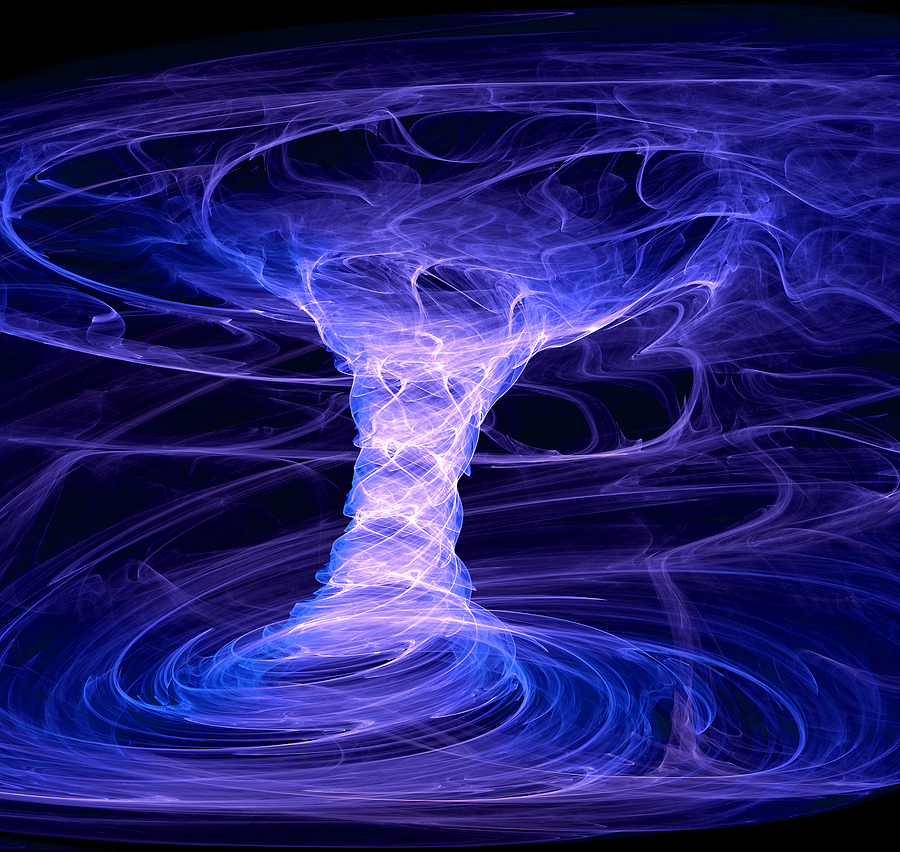The Nature Of Electric Force: Attracting & Repelling

Electric forces are an integral part of electromagnetism, a fundamental force of nature that influences everything from atomic interactions to the principles that govern today's technology.
This article aims to delve into the dual nature of electric forces, emphasising their ability to attract and repel and explore the principles and laws that underpin these interactions.
Understanding the dynamics of electric forces offers insights into the complex interactions that form the basis of the material universe, providing a foundation for theoretical and practical applications in physics and beyond.
The Principle of Electric Force
At the heart of electric force interactions are two fundamental outcomes: attraction and repulsion. These forces are responsible for the structure and behaviour of atoms and molecules, influencing the formation of matter and the phenomena observed in the physical world. The nature of these forces can be explained through several vital principles and laws, most notably Coulomb's law and Newton's third law of motion.
Coulomb's law quantitatively describes the electric force between two charged objects, stating that the force is directly proportional to the product of the magnitudes of the charges and inversely proportional to the square of the distance between them. This law highlights the relationship between charge, distance, and electric force, providing a mathematical framework for predicting the behaviour of charged particles.
Newton's third law of motion, which asserts that there is an equal and opposite reaction for every action, is also fundamental to understanding electric forces. In the context of electric interactions, this law manifests in the equal and opposite forces experienced by charged particles. Whether the particles are attracted to or repelled from each other, the magnitude of the force exerted by each particle on the other is the same, illustrating the reciprocal nature of electric forces.
Interaction Between Charged and Neutral Objects
A fascinating aspect of electric forces is their effect on neutral objects. While neutral objects do not possess a net charge, they can still interact with charged particles through induction. This phenomenon occurs when the electric field of a charged object causes a redistribution of charges within a neutral object, leading to an induced attraction.
The principle of induction is critical in understanding how electric forces can influence matter beyond charged particles. It demonstrates how the presence of a charged object can polarise the charges within a neutral object, creating regions of induced charge that are attracted to the original charged particle. This interaction is pivotal in explaining a wide range of natural phenomena. It underpins many technological applications, from the principles of electrostatics used in industry to everyday devices that rely on manipulating electric forces.
Applications and Implications
The study of electric forces is not confined to theoretical physics; it has practical implications across various fields. In chemistry, electric forces explain the bonds between atoms that form molecules, dictating the structural properties of substances and the interactions between different materials. In biology, electric forces work in the cellular structures of living organisms, influencing processes such as nerve impulse transmission and molecular binding in enzymes.
Furthermore, the principles governing electric forces are fundamental to the development and functioning of modern technology. From the basic principles of electricity that power homes and industries to the sophisticated electromagnetic waves in medical science, understanding electric forces is crucial for innovation and advancement.
Conclusion
The dual nature of electric forces, characterised by their ability to attract and repel, is a fundamental aspect of the physical universe. Through the lens of Coulomb's law and Newton's third law of motion, the intricate dance of charged and neutral particles reveals the complex interactions that underpin the structure of matter and the phenomena observed in the natural world. The implications of these forces extend beyond theoretical physics, influencing a wide range of practical applications in fields as diverse as chemistry, biology, and technology.
Understanding the principles of electric forces enriches our knowledge of the physical world and lays the groundwork for future scientific and technological innovations. The potential for discoveries and applications remains vast as research unravels the mysteries of electric forces and their interactions. The exploration of electric forces is a testament to the curiosity and ingenuity of humanity, driving the continuous quest for knowledge and the advancement of society.
Here at Physics Tuition, we want to empower our students to pursue the subject. Whether you are taking O-Level or JC Physics, our tuition centre can help you score well and understand well. Contact us to find out more!